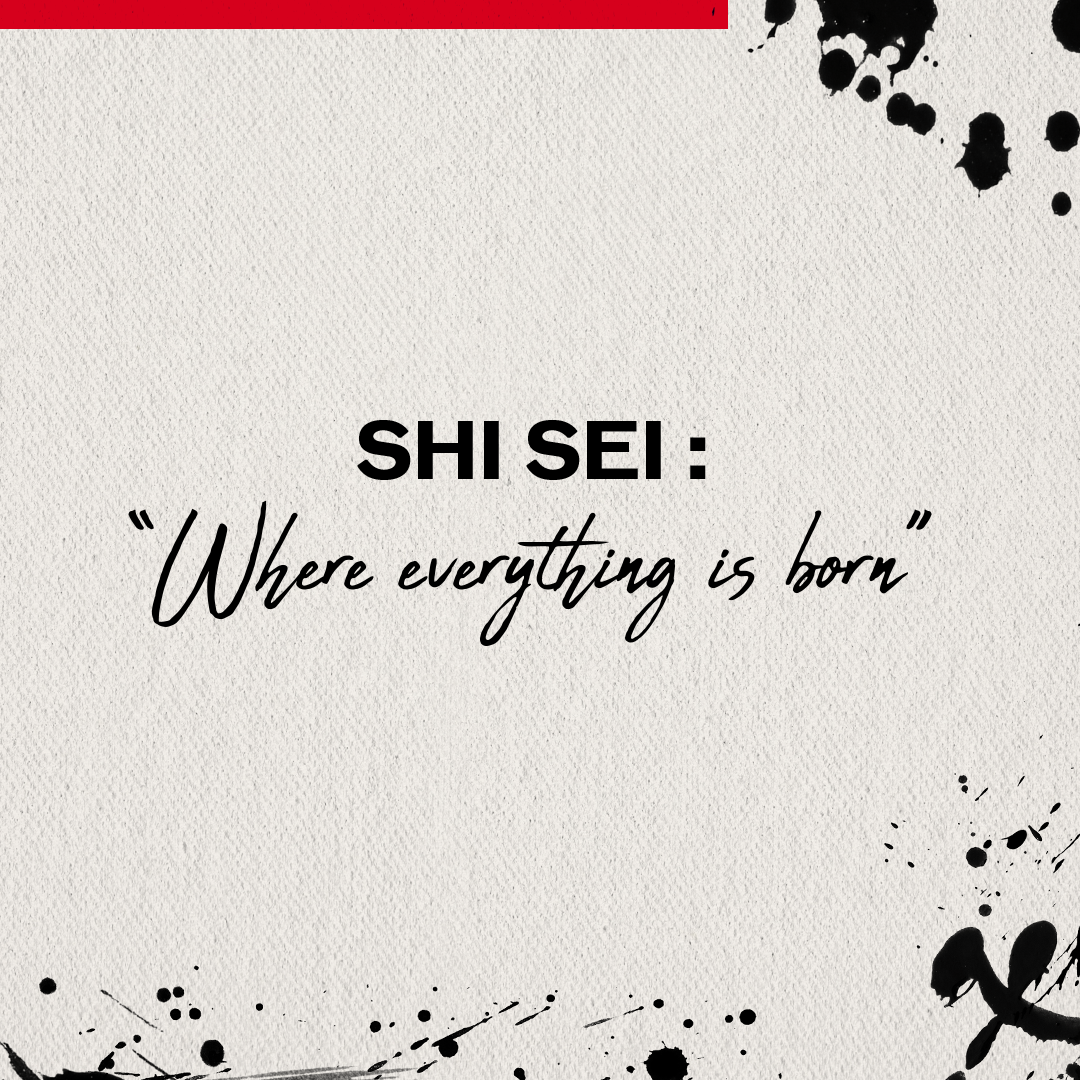
HISTORY
150 years of beauty innovations
From our humble origins as Japan’s first Western-style pharmacy, to becoming a leading cosmetic company, Shiseido’s history is made up of milestones that, over the years, have transformed the world of beauty.
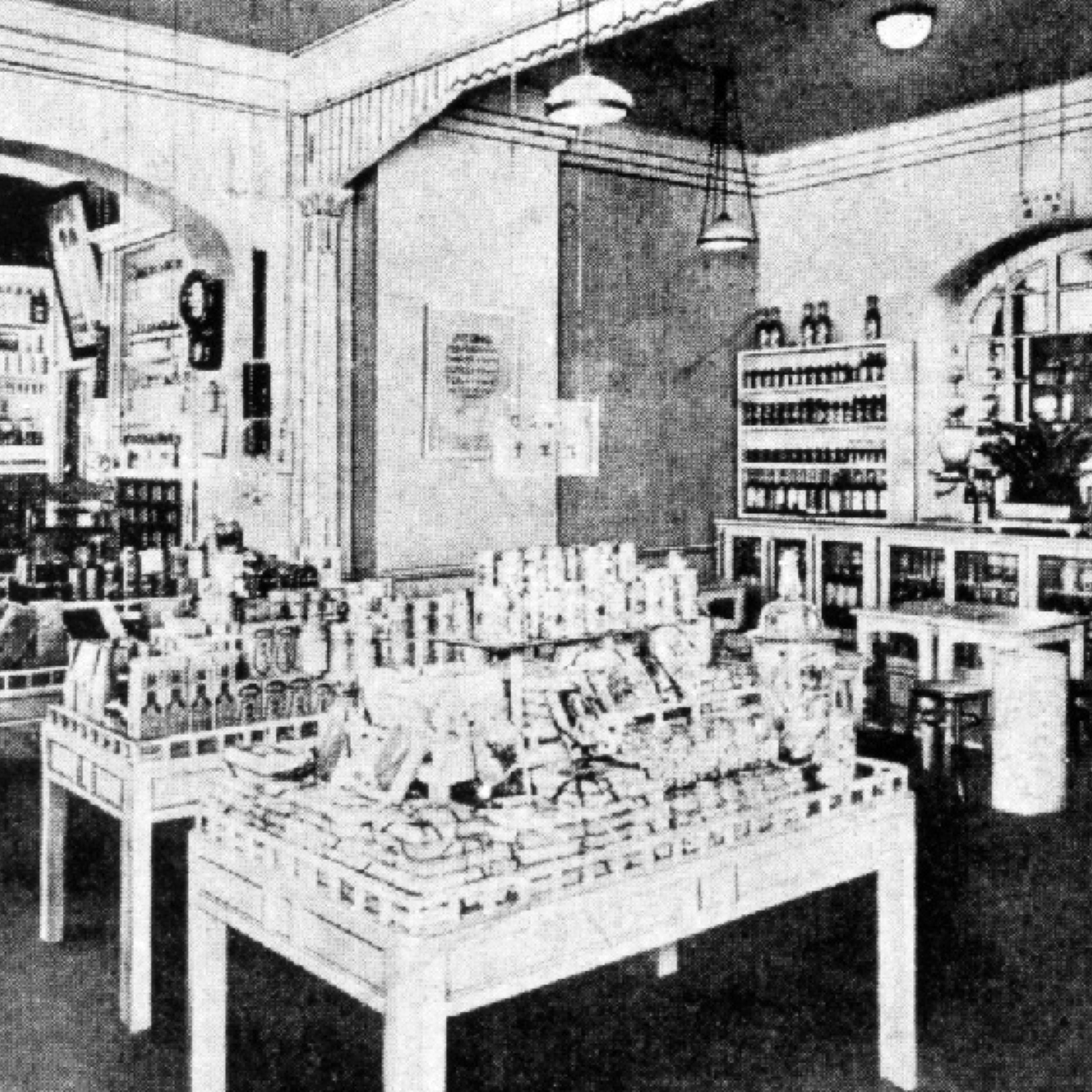
The very first Western-style pharmacy in Ginza, Tokyo
Right after he served as Chief Pharmacist of the Japanese Navy, Arinobu Fukuhara decided to launch what would turn out to be a visionary entrepreneurial venture. His idea of combining Eastern philosophy with Western science to bring new values to customers’ lives still lies in everything Shiseido does.
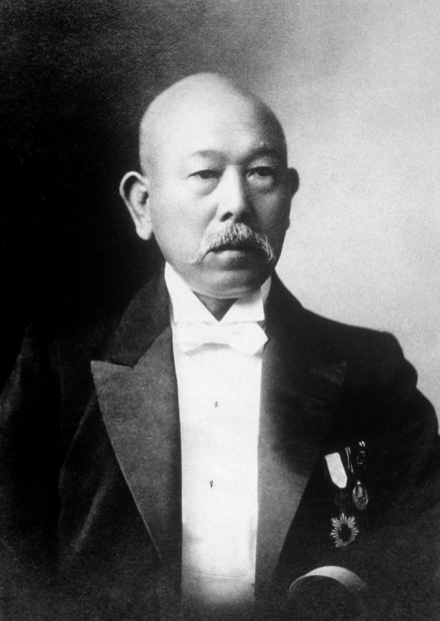
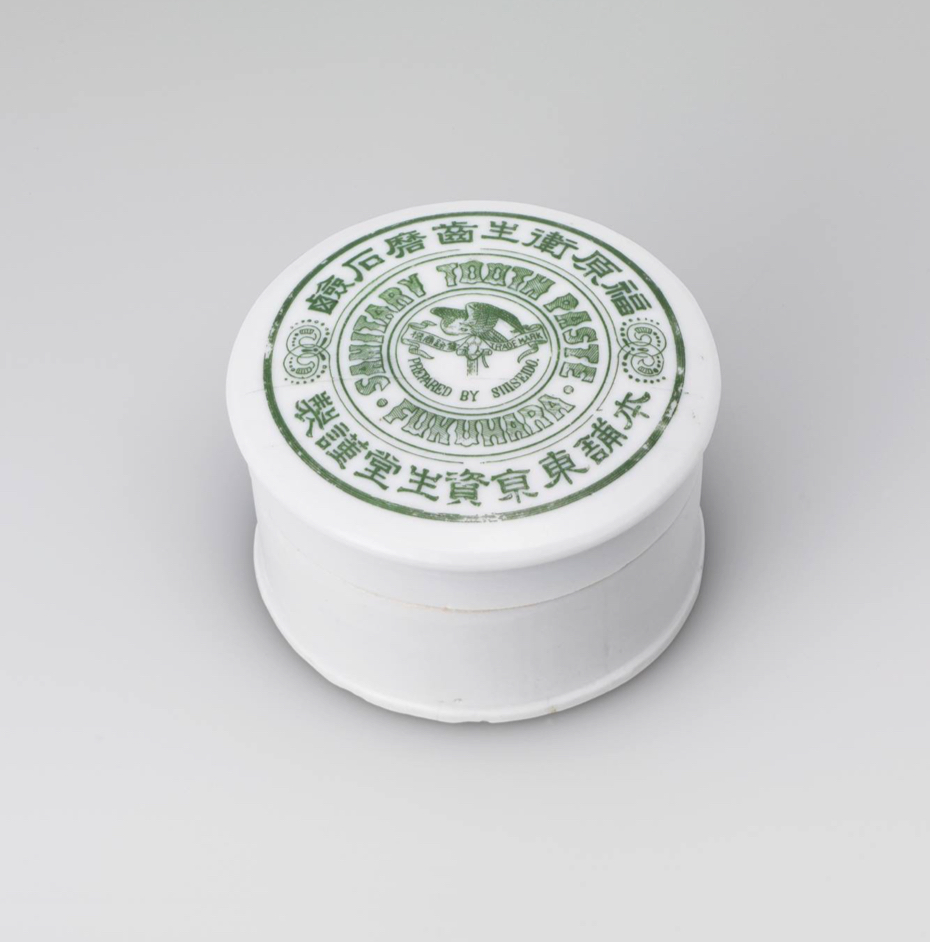
Introducing toothpaste in Japan
A better taste, a better smell, and a more convenient way to clean the teeth by rubbing the cake of dentifrice with a wet toothbrush to transfer the paste to the bristles: Shiseido developed what became the basis for toothpaste..
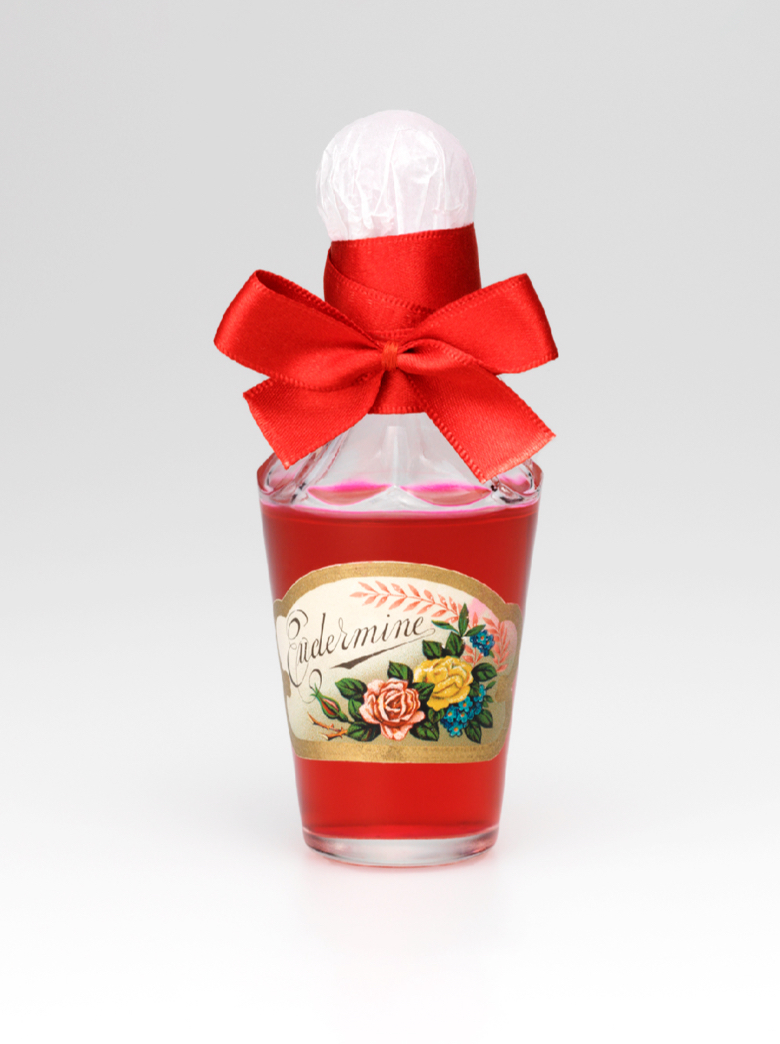
1897
beginning of Shiseido’s
Beauty business
With the launch of Eudermine – a name derived from the Greek words for ‘good’ (eu) and ‘skin’ (derma.) – Shiseido broke the rules of the cosmetic industry, which usually offered medicinal concoctions sold in dark bottles. Our ruby-red skin-softening lotion with an utterly feminine design was immediately and continuously popular with women of all ages.
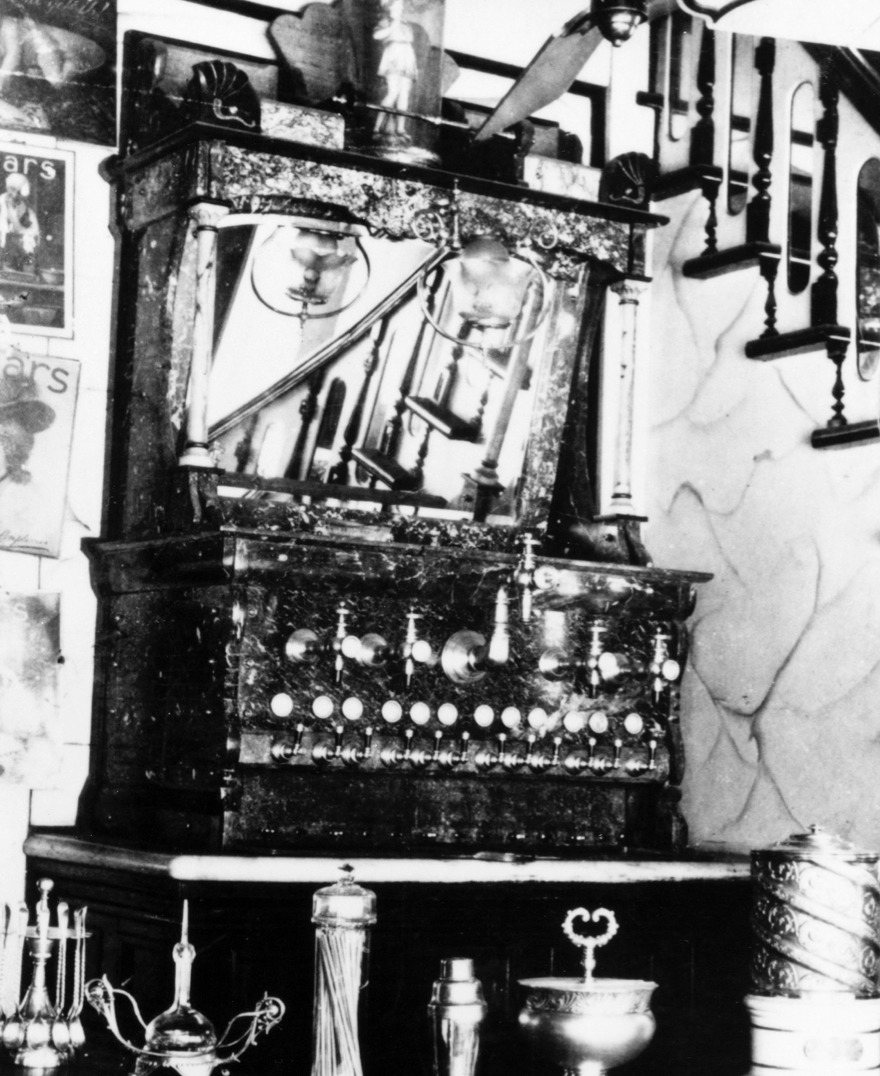
Shiseido installs
in-store soda fountains
In the spirit of drugstores, Fukuhara imported soda fountains and ice creams from the U.S. (that were still rare treats in Japan at the time) to sell them among the Shiseido Pharmacy products.
19
15





'The ideal hair oil for the new generation” is how Shiseido advertised Hanatsubaki, a product created to hold Japanese women’s hair into the new Western-style chignons. The product’s popularity inspired the design of our corporate logo, the Hanatsubaki mark, which still represents Shiseido today.



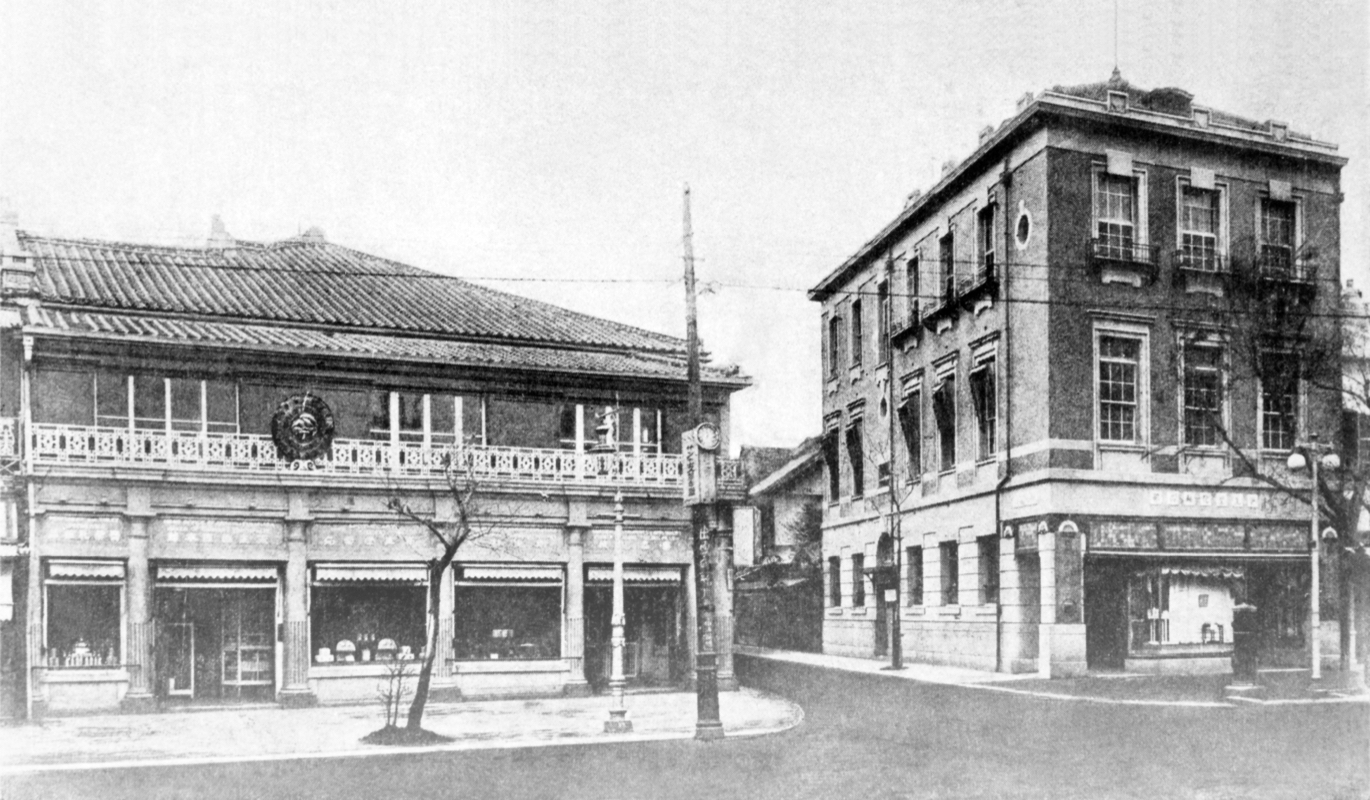
The start
of the business’ expansion
One year after Shinzo (Fukuhara’s son) took over Shiseido, a retail cosmetics store was opened with the shop on the first floor, cosmetics production on the second, and an Advertising Creation Department and a Testing Room on the third.
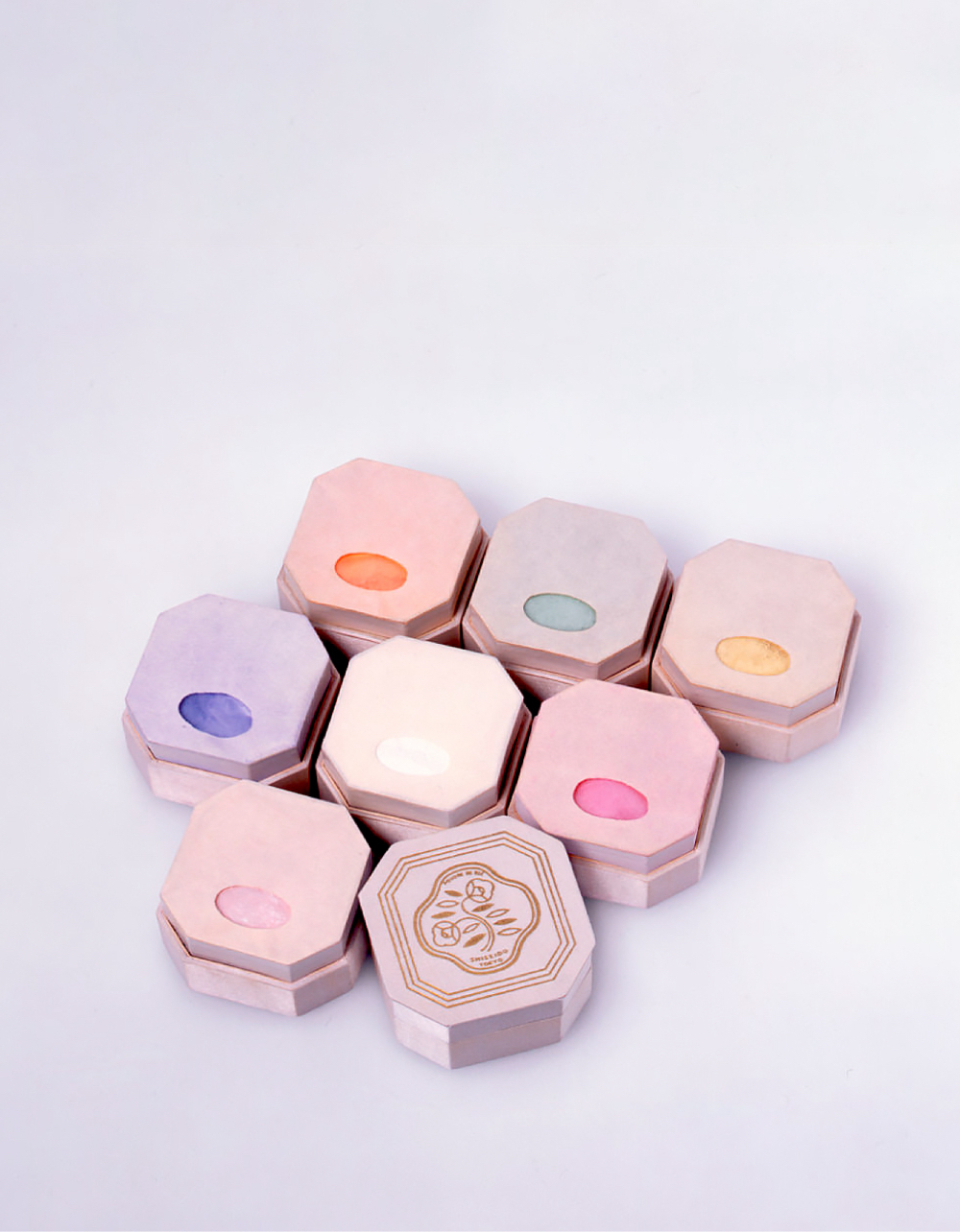
The release of seven shades of face powder
At a time when Japanese women had almost never worn anything but white face powder (the classic Japanese kimono look), the idea of a face powder with seven colours to match each person’s skin tone was a big break-through.
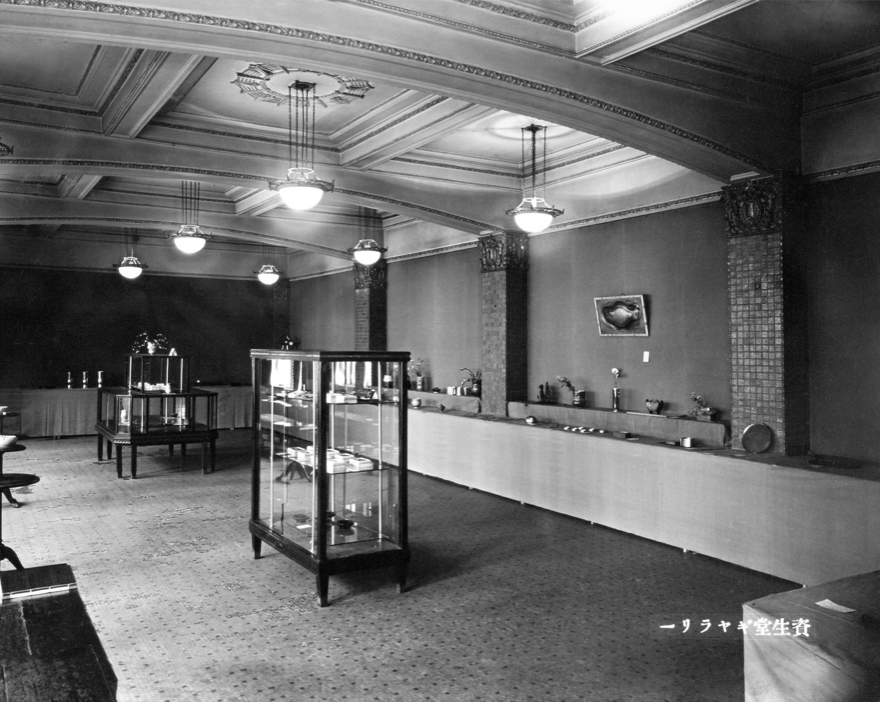
The opening of
the Shiseido Gallery
(the oldest gallery in Japan)
Shinzo Fukuhara’s passion for creativity inspired him to exhibit seasonal merchandise, then invite young avant-garde artists to show their work in the space, with a wish to enrich peoples’ lives through the arts.
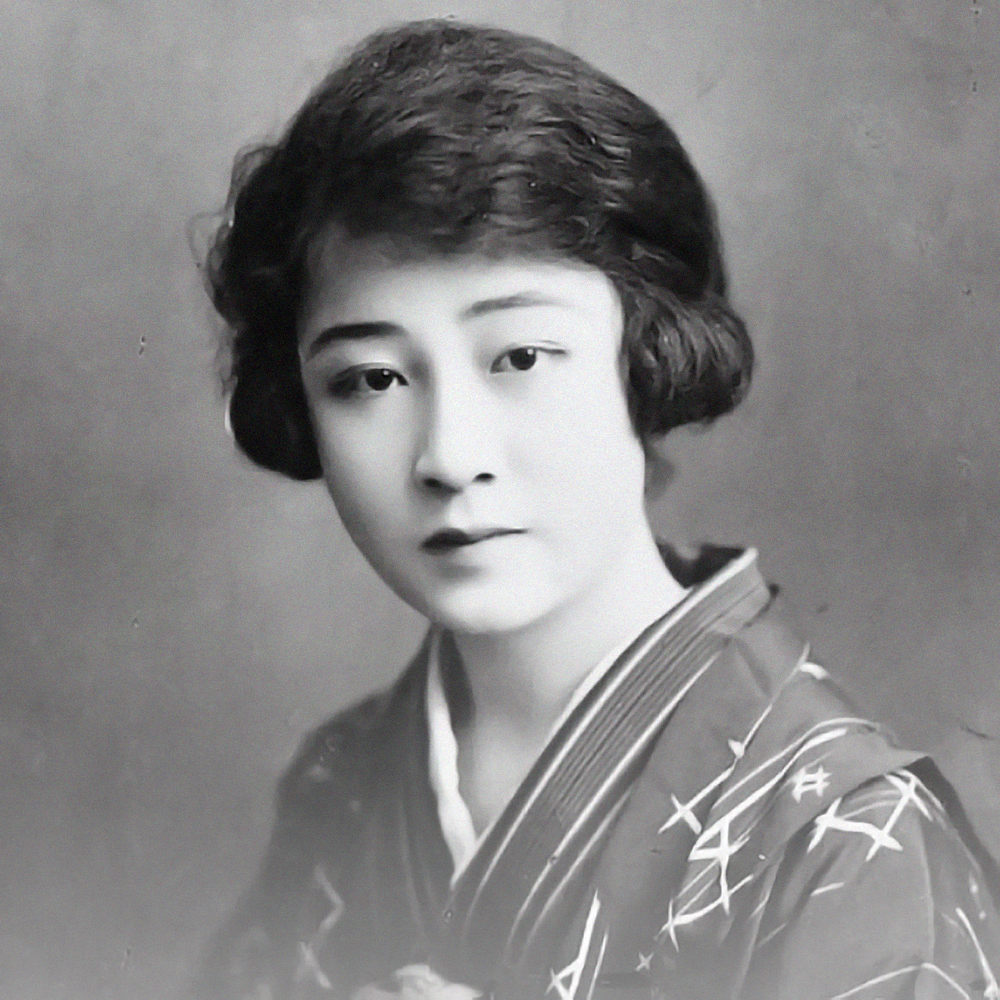
Shiseido enters the world of hairstyling
Inspired by the latest trends in the United States, Shinzo Fukuhara hired an American hairstylist to work at Shiseido’s Hair Styling Salon. Helen Grossman gave countless Japanese women the mimikakushi look (meaning ‘covering the ears’).
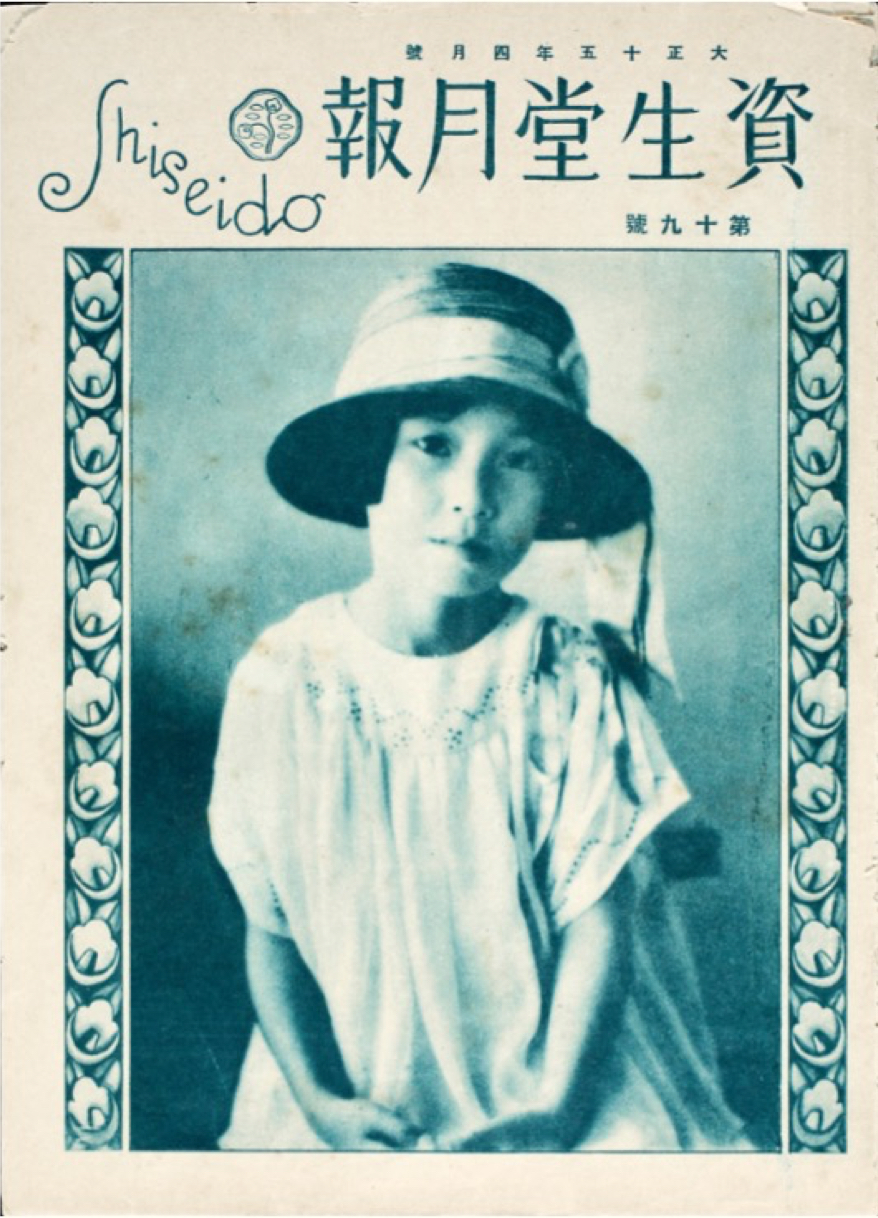
First publication of theShiseido Geppo culturalinformation magazine
Long before Japan’s first fashion magazine was ever published, Shiseido created a magazine called Shiseido Geppo, which later became the Hanatsubaki magazine. It’s still considered a top source of beauty, fashion, art, and cultural trend news to this day.

A beauty treatment
for the name Shiseido
After creating the Hanatsubaki mark, Shinzo asked the Adverting Creation Department to come up with an original font for the name Shiseido — influenced by the art nouveau, a major design trend at this time. This logotype has been restyled a few times but remained conceptually unchanged since the 1927 version.
The beginning of Miss Shiseido, the first beauty consultants
The Miss Shiseido women were hired and trained for seven months (in beauty techniques, cosmetic science, public speaking, fashion, Western art, and manners) to present Shiseido’s novelties and values across Japan. Providing the best advice and care through individual beauty consultations, each Miss Shiseido was an icon for women at the time.
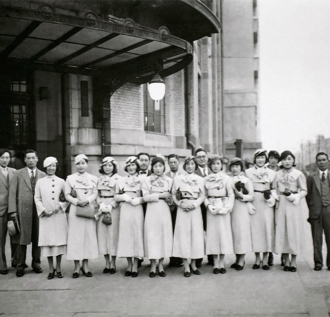
Inauguration of the Camellia Club and commemorative gifts

The Camellia Club’s membership consisted of regular users of Shiseido cosmetics, and its aim was to “share Shiseido beauty techniques and to cultivate the charm of the modern woman”. Membership came with a subscription to the Hanatsubaki magazine, and invitations to beauty events and gifts upon purchase featuring the iconic camellia. An enamelled obi clip, a lacquered hand mirror, and a handbag are a few of these items, which are now highly valuable collectibles.
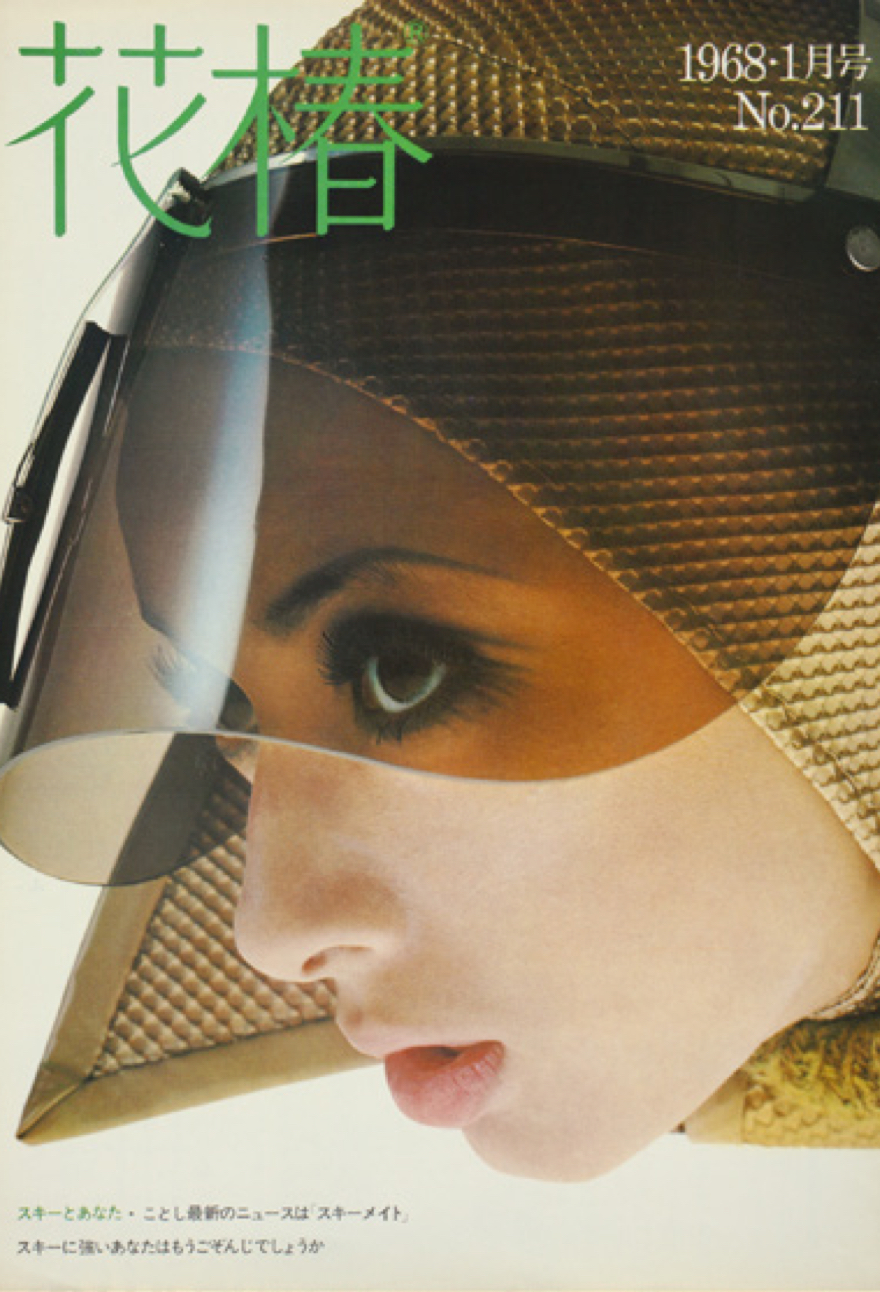
Hanatsubaki replacesthe Shiseido Graph
Each issue of the new glossy (still published today) was packed with the latest fashion, beauty, and lifestyle news from Japan and overseas, helping women develop their personal style with trends from the East and the West.
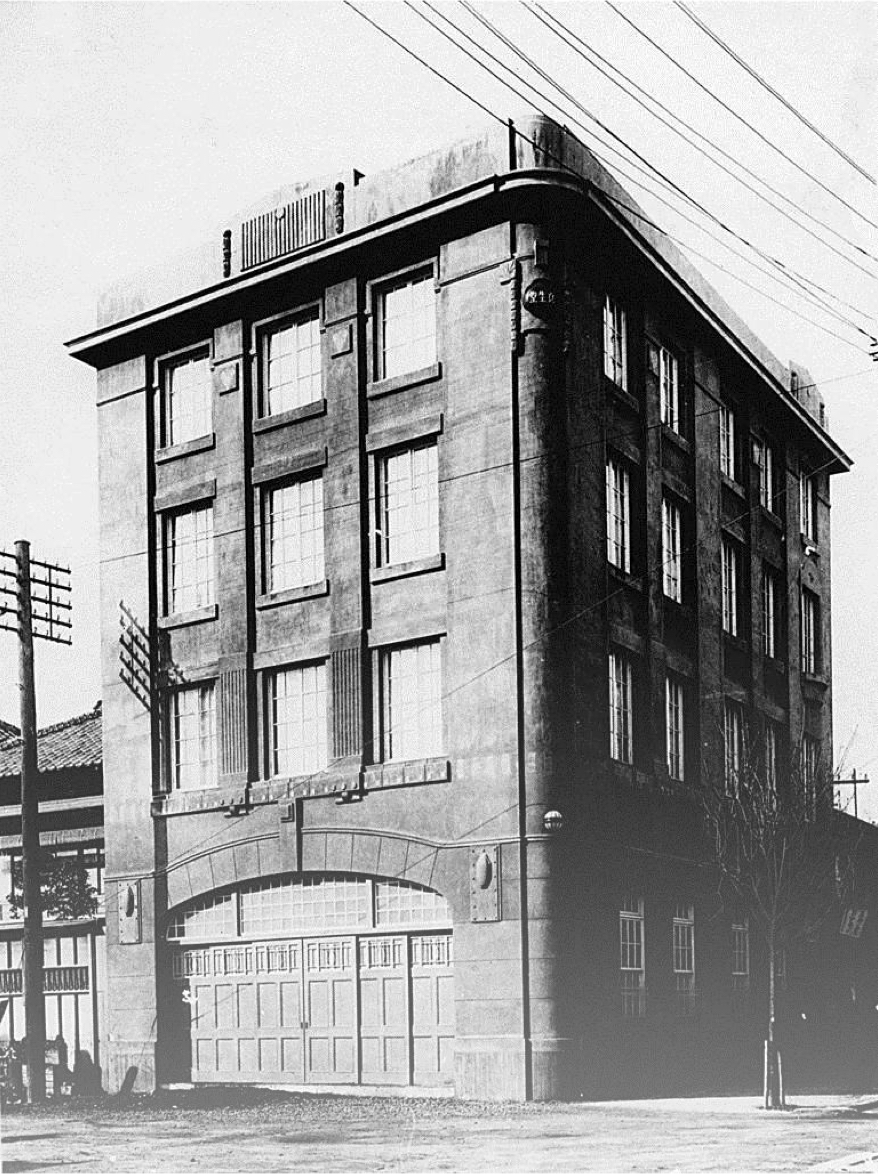
The ShiseidoResearch & Development labis completed
The original ‘Testing Room’ became the 400-square metre Shiseido Chemical Research Centre. The staff was composed of 23 researchers led by Mitsuo Iyoda, who later became Shiseido’s third president.
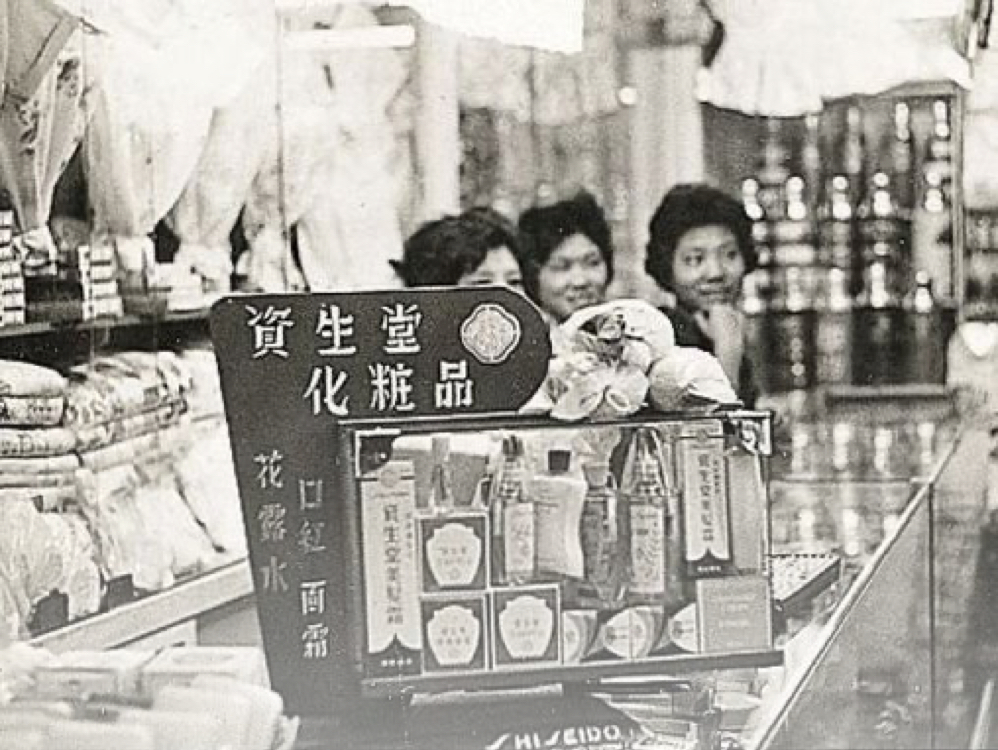
The first officeoutside Japanis opened in Taiwan
Next, a subsidiary in Hawaii was created in 1962. Continuing eastward, the United States office became operational in 1965, Italy opened in 1968 while the French market — the centre of the cosmetic industry — was entered in 1980. Today, Shiseido operates in 88 countries.
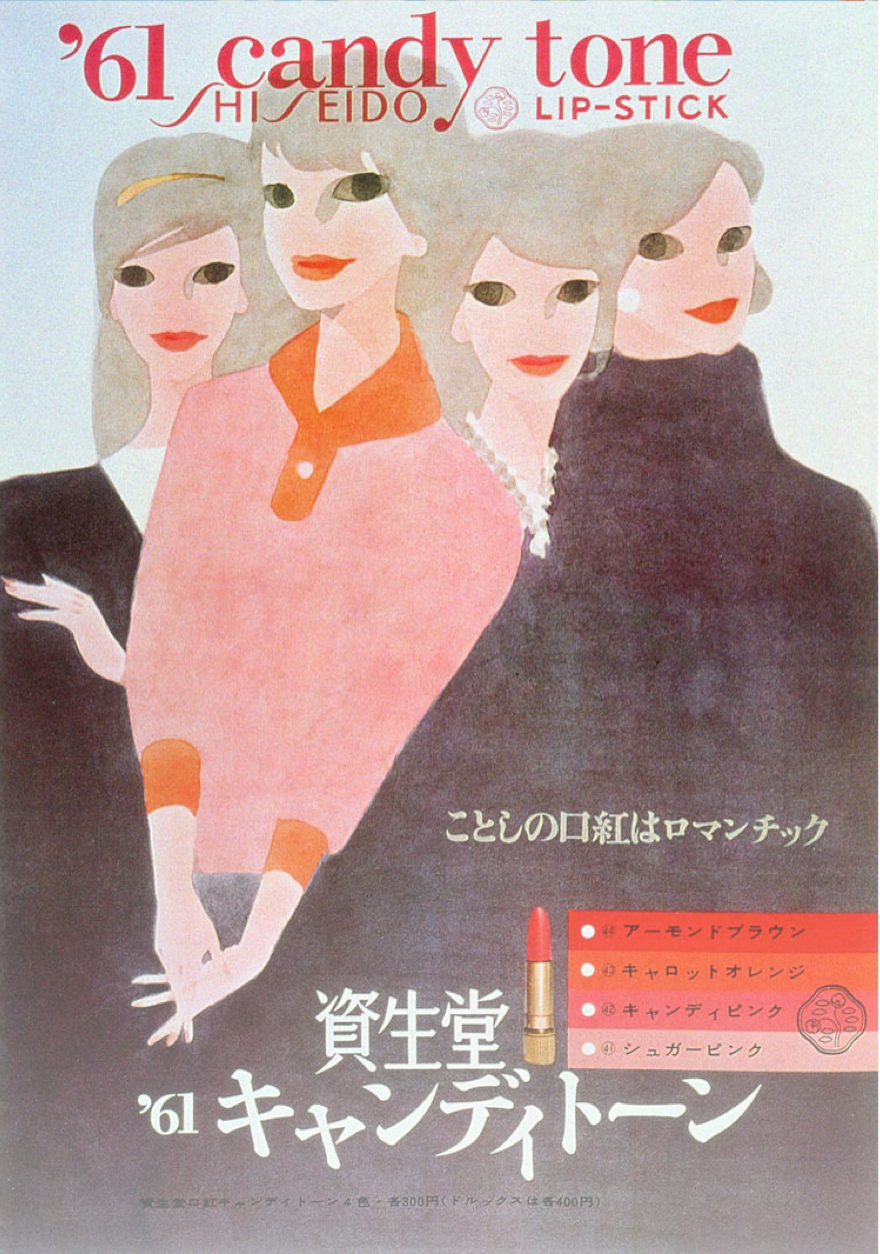
The first make-up ad campaign:Candy Tone
This year, the Japanese Fashion Colour Association announced bright, sunny colours as the most wanted lipstick style, so we created our own seasonal promotion to follow the trend: The Candy Tone Makeup Sale.
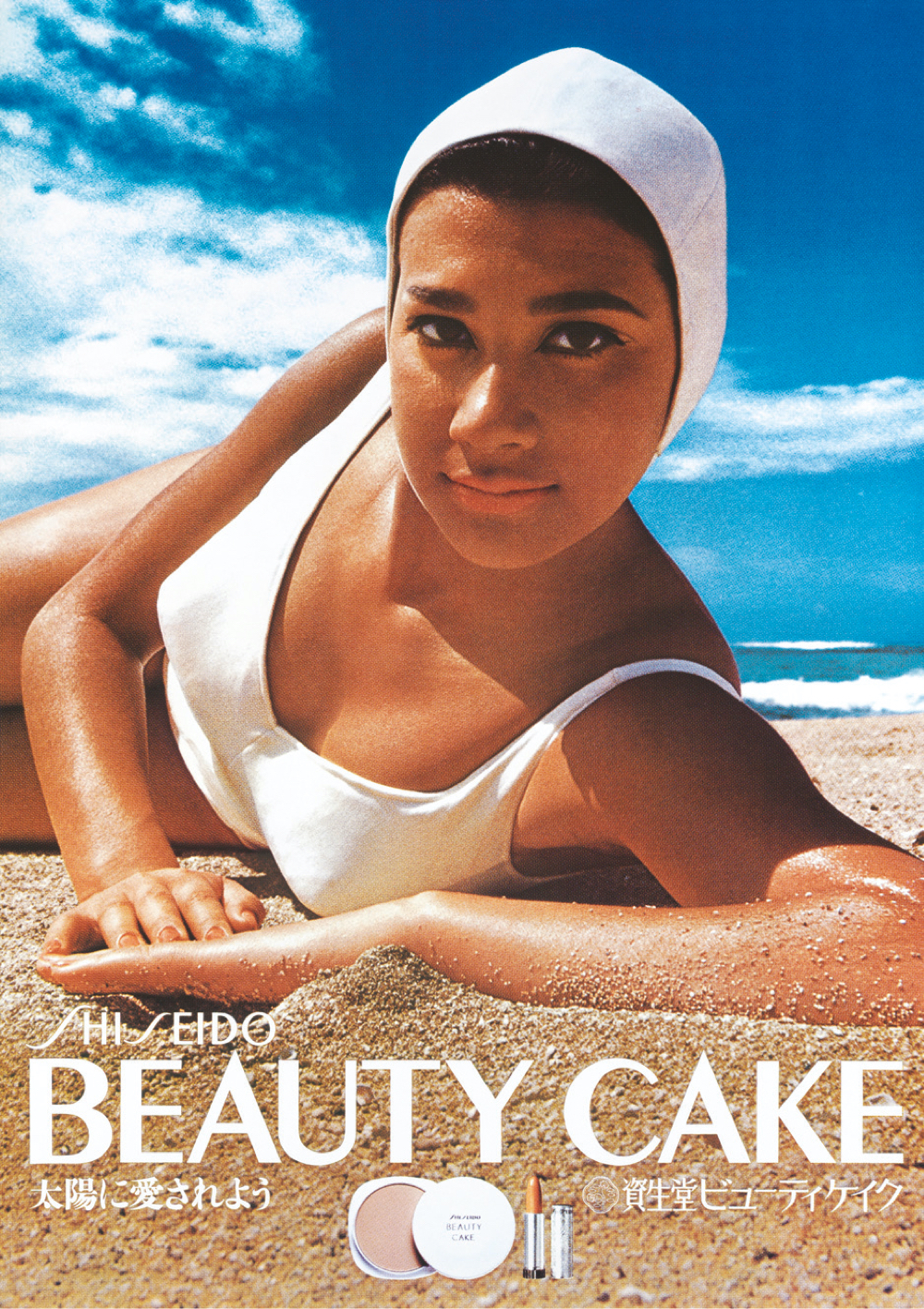
The advertising industry's first overseas shoot in Hawaii
Featuring Sun Oil and the model Beverly Maeda, the campaign ‘Beloved by the Sun’ romanticised the look of sun-kissed skin. The posters were routinely stolen from stores, and Beverly Maeda became a superstar overnight.
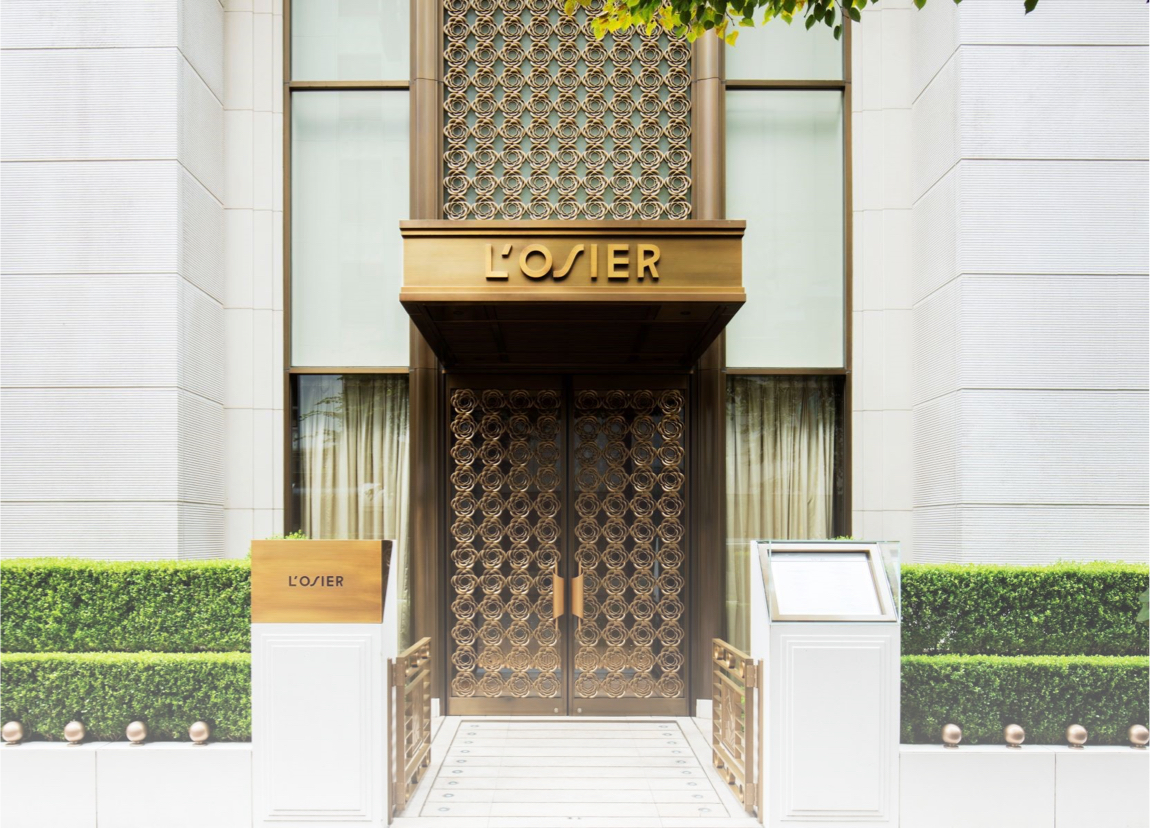

Opening ofL’Osier restaurant in Ginza
With this restaurant, the idea was to bring the essence of the contemporary French dining experience to downtown Tokyo. Awarded Michelin’s three-star rating for three consecutive years, the restaurant has been recognised around the world as one of the few authentic French restaurants outside of France.

Opening of The Ginzafashion boutique
At The Ginza, you could find cosmetics, clothing, and accessories with the theme of a stylish, imaginative, and modern way of life grounded in value. In fact, the shop called itself the “store where the products have stories”.
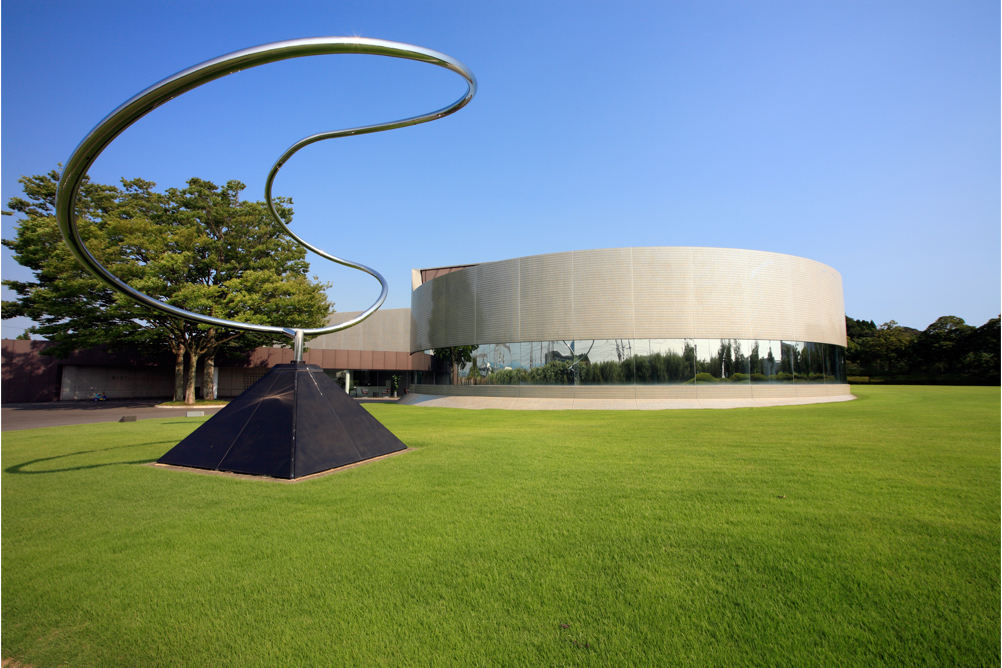
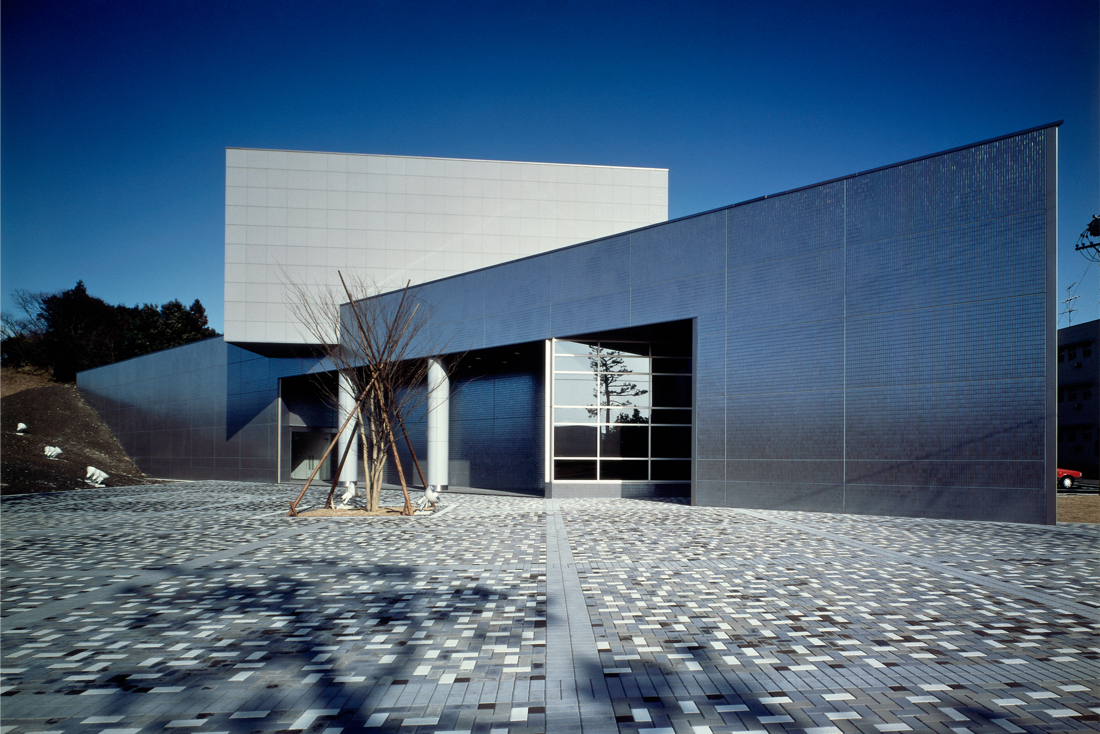
Openingof the Shiseido Art House in Kakegawa
This building houses Shiseido’s art collection and presents themes to the public through a variety of exhibitions. Designed by architects Takamiya Shinsuke and Taniguchi Yoshio, who also designed the MOMA in New York, the building won the AIJ Prize from the Architectural Institute of Japan in 1980.
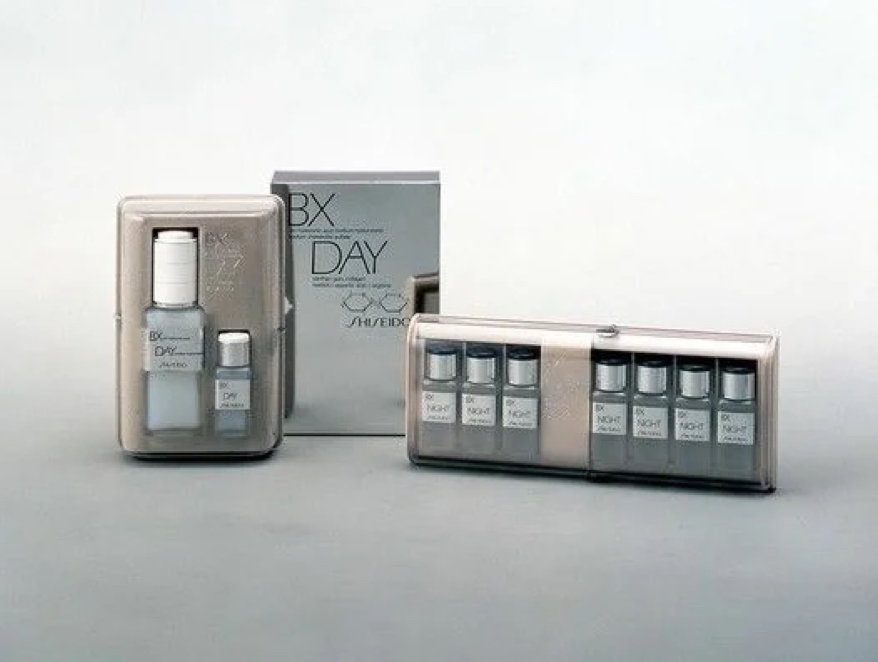
The Hyaluronic Acidphenomenon
Hyaluronic acid’s moisturising effect on the skin is now commonly known, but the substance is not commonly found in nature. Until 1983 it was sourced mainly from roosters’ combs. We were the first to achieve large-scale production of this vital ingredient, through a fermentation process that uses the microorganism streptococcus zooepidemicus.
of Beauty & Fashion
The Shiseido Academy of Beauty and Fashion (SABFA) was established in the building of Shiseido’s Beauty Science Research Centre, to train professional beauty artists and aestheticians, offering modern classrooms and demonstration rooms with cutting-edge AV materials and beauty equipment.
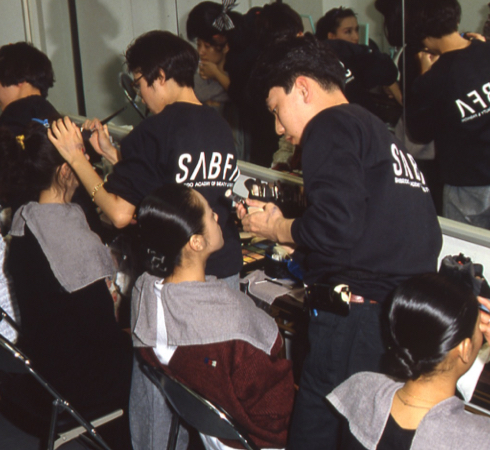
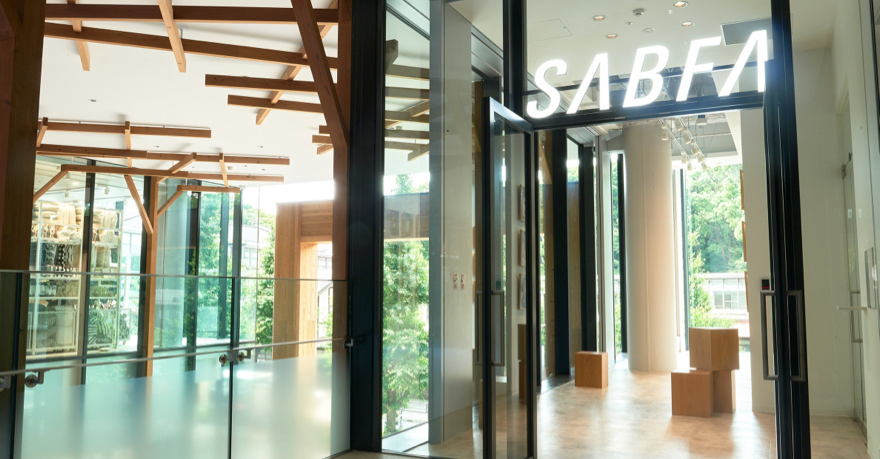
Graduates of SABFA are now highly sought-after professionals. Some have remained to teach at SABFA, which has earned an elite reputation among training academies worldwide.

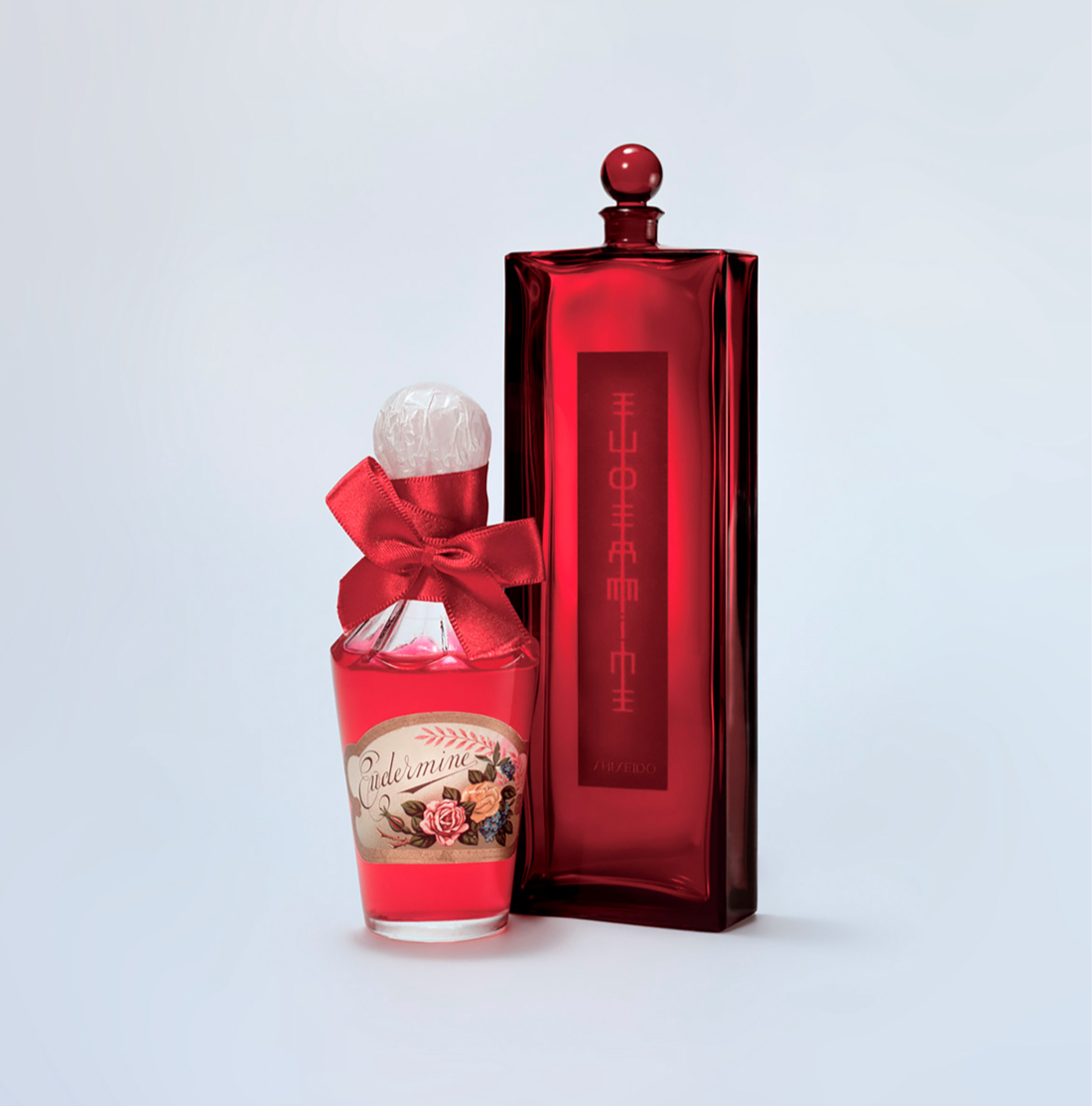
Eudermine’sworld debut,at age 100
To celebrate Eudermine’s 100th anniversary, we took the beloved red lotion global, offering our customers all over the world the experience of Shiseido’s original and lasting beauty aesthetic. For this global launch and Japanese relaunch, we engaged the creative mind of Serge Lutens once again.
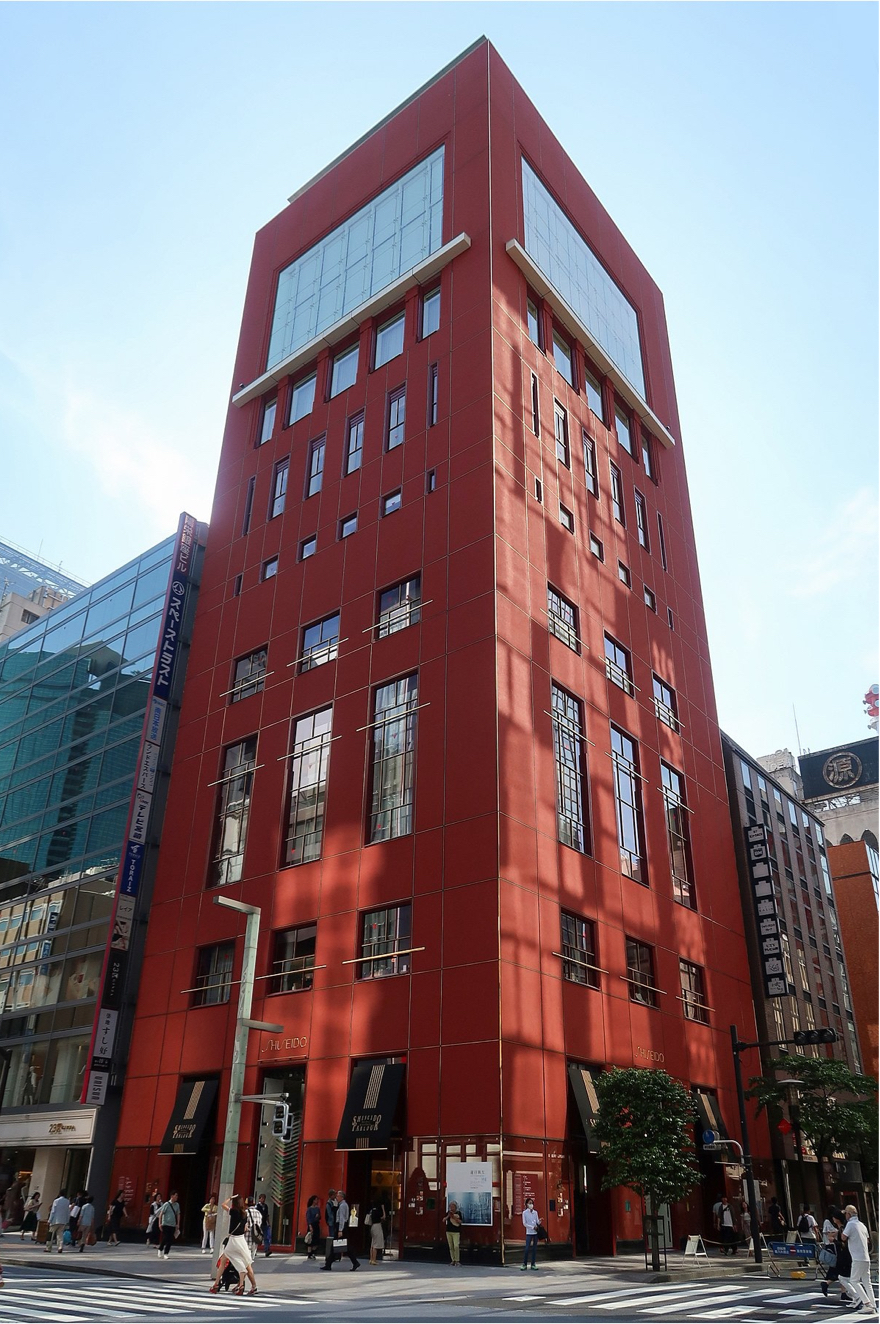
Establishment of the Tokyo Ginza Shiseido building
Our soda fountain, which was imported from the United States and installed in the Shiseido Pharmacy in 1902, became so popular that it was expanded into a building of its own. The original Shiseido Ice Cream Parlour opened in 1928 and was demolished in 2001. The current Tokyo Ginza Shiseido Building, designed by Ricardo Bofill, was built on the site to house Shiseido Parlour as well as other Shiseido ventures.
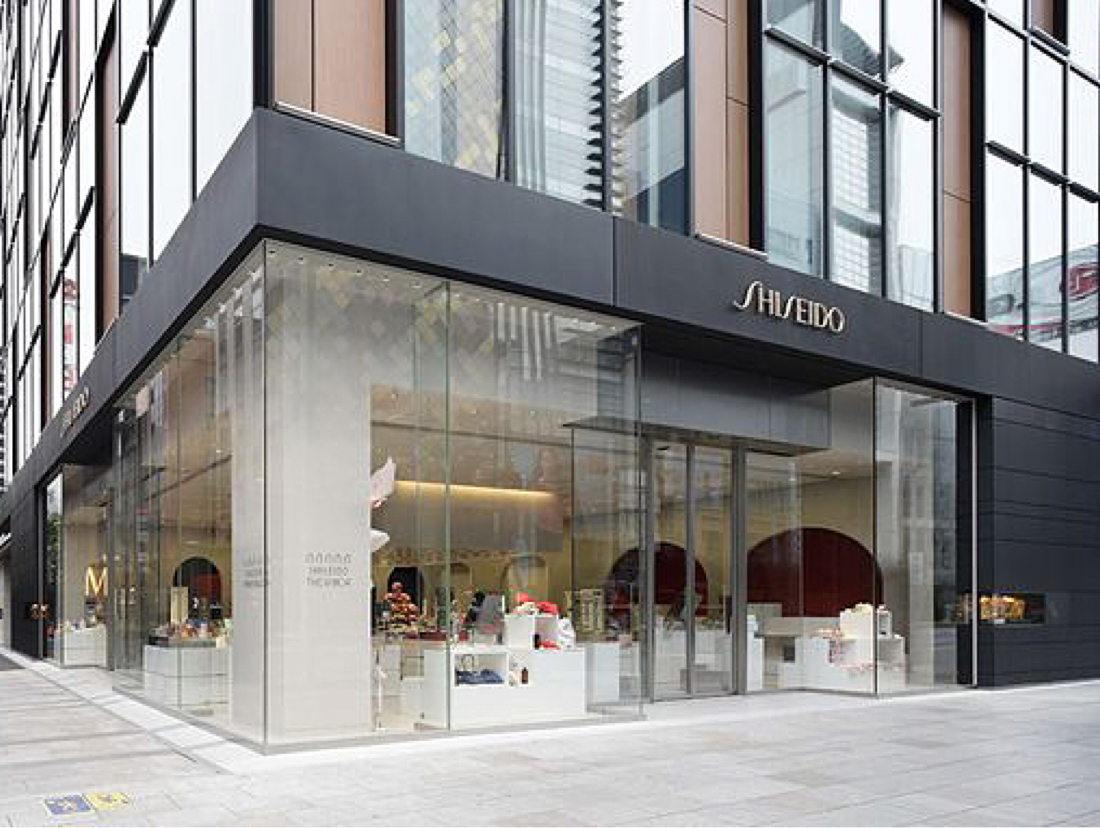
Extending the Tokyo GinzaShiseido building
The store represents the essence of Shiseido’s beauty heritage, offering a range of our existing products, and the best insights into the latest developments and technologies in the field of cosmetics. Each of the store’s three floors invite customers to walk through an entry gate into a completely separate world, based on their individual needs and goals. The facility as a whole allows customers access to all of the Shiseido Group resources.


